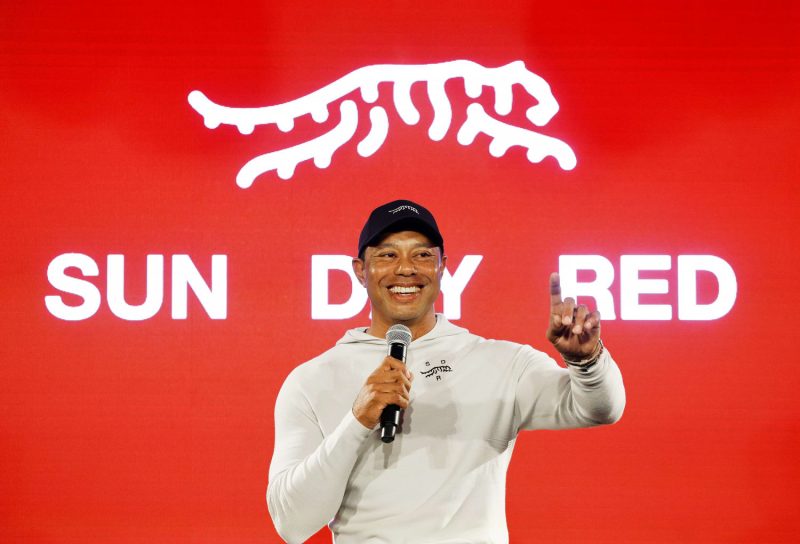In a recent development that has triggered a trademark dispute, Tiger Woods, professional golfer and icon in the sports world, unveiled a new logo that has raised concerns among intellectual property experts and fans alike. The logo in question features a distinctive letter ‘T’ accompanied by a fierce-looking tiger graphic, which seemingly pays homage to Woods’ nickname, Tiger.
The controversy surrounding the logo centers on its similarity to another well-known brand’s logo, particularly the Tiger Beer logo. Tiger Beer, a popular brand of beer produced in Singapore, uses a similar tiger graphic as its main branding element. The resemblance between the two logos has led to speculation about potential infringement of intellectual property rights and brand confusion among consumers.
Intellectual property experts have raised concerns about the similarities between the two logos and the potential impact on both brands’ identities. Trademark disputes can be challenging to navigate, as they involve complex legal considerations such as the likelihood of confusion among consumers, the degree of similarity between the marks, and the distinctiveness of each brand’s identity.
Given Tiger Woods’ global stature and influence, any conflict over his new logo could have far-reaching implications for his brand and reputation. It is essential for Woods and his legal team to carefully evaluate the trademark implications of the new logo and address any potential concerns raised by stakeholders or competitors.
Trademark disputes in the world of sports and entertainment are not uncommon, as athletes and celebrities often rely on their personal brands to market products and build relationships with fans. Protecting intellectual property rights is crucial for maintaining brand integrity and ensuring that consumers can trust the authenticity of the products and services being offered.
As the trademark dispute over Tiger Woods’ new logo unfolds, it will be interesting to see how the parties involved navigate the legal complexities and reach a resolution that safeguards their respective interests. Ultimately, the case serves as a reminder of the importance of proactive brand management and legal compliance in an increasingly competitive and fast-paced global marketplace.
